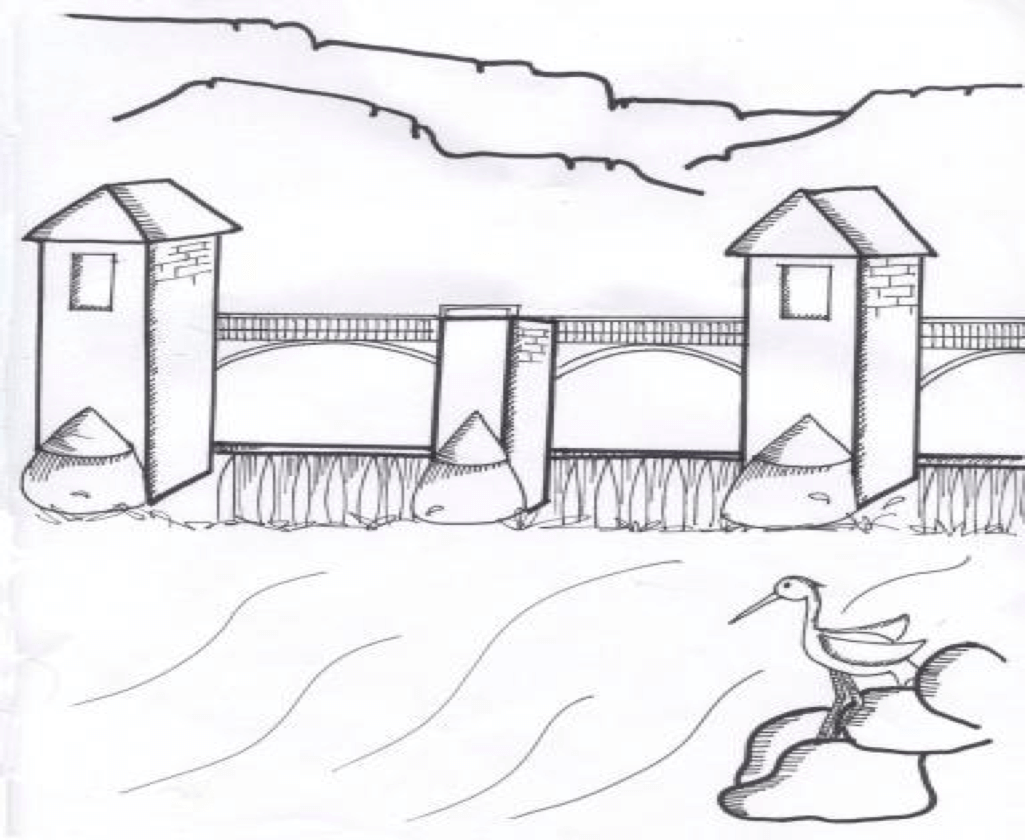The History of Palisade Peaches
About Palisade
Palisade, Colorado, is renowned for its ability to grow some of North America’s best fruits. It has a great history of raising all types of fruits and vegetables in a climate unique to this section of the Western Slope. The local climate is often referred to as “The Banana Belt.” The mild climate and unique terrain create near-perfect peach growing conditions. A 182-day growing season and an average 78 percent of sunshine make Palisade “The Peach Capital of Colorado.” In its turn, Palisade makes Colorado the 7th largest peach producing state in the US.
Palisade Early History
The first inhabitants of Palisade were Ute Indians. They lived in the Grand Valley area. Following the Meeker Incident in northwest Colorado, 665 Utes from the White River Agency were forcibly relocated to the Uintah Reservation in 1880. There they found 800 other Utes from various bands. A total of 361 Uncompahgre Utes were also forced to sell their lands and move under armed guard to Ouray, a new reservation in Utah established by executive order in 1882. White immigrants immediately claimed the tribal lands they lived on.
In 1882 J. P. Harlow, who was among the first white settlers in the area, established farms and orchards. He and his wife planted the first peach trees. Peach was the main product, but there were also areas where they focused on apples and grapes. The fruit trees, however, died in large numbers. Through his knowledge of agriculture and his commitment to correcting the problem, Harlow learned to fertilize it. He used burnt bones and leached ashes as fertilizer and by the next year, he had a successful fruit crop. In 1884 Harlow homesteaded 160 acres that came to be the south and west parts of Palisade.
By 1886, Harlow’s farm was more successful than any others in the area. The farm continued to gain fame as he began winning awards for his fruit at various county fairs. The peach trees were so successful that the town started holding “Peach Days” in the late 1800s, a more formal version of the Palisade Peach Festival that is still celebrated yearly to this day. By 1888 Harlow harvested over a ton of peaches from his Rapid Greek Orchard.
By 1894, the first orchards started to develop. Peach, pear, apples and grapes orchards appeared all over this area. The soil was fertile, but rainfall was scarce. Proximity to water was essential for growing crops in this arid land. Harlow diverted water from Rapid Creek into the Grapevine Ditch and the Crawford Ditch for his crops. Other ranches hauled water in barrels from the Grand River and began to explore how to build irrigation systems to water their orchards effectively. Early settlers knew if water could be successfully diverted from the Grand River, which was renamed the Colorado River in 1921. Palisade could be transformed from a barren desert to the free land of orchards and vineyards.
Palisade Late History
In 1915, the Grand River Diversion Dam was completed. It is a German roller crest design that diverts river water into the Government Highline Canal, supplying five irrigation canals throughout the Grand Valley. Work on this project began in 1897. This “Roller Dam” stands 14 feet high and 546 feet long and, when it was built, it was the largest roller dam in the world. Five of the six 70-foot metal cylinders or “rollers” move up and down to keep the water level constant, so the railroad tracks–which have been in place on the west side of the River since 1890–are not flooded. The Government Highline Canal is 55 miles long and provides irrigation water to about 33,000 acres stretching from Palisade west to Mack.
Today, Palisade peaches are the pride of Colorado, world-famous and shipped far and wide. They are sought after by people who drive hundreds of miles to taste the best and take several bushels home to preserve and enjoy throughout the year.



